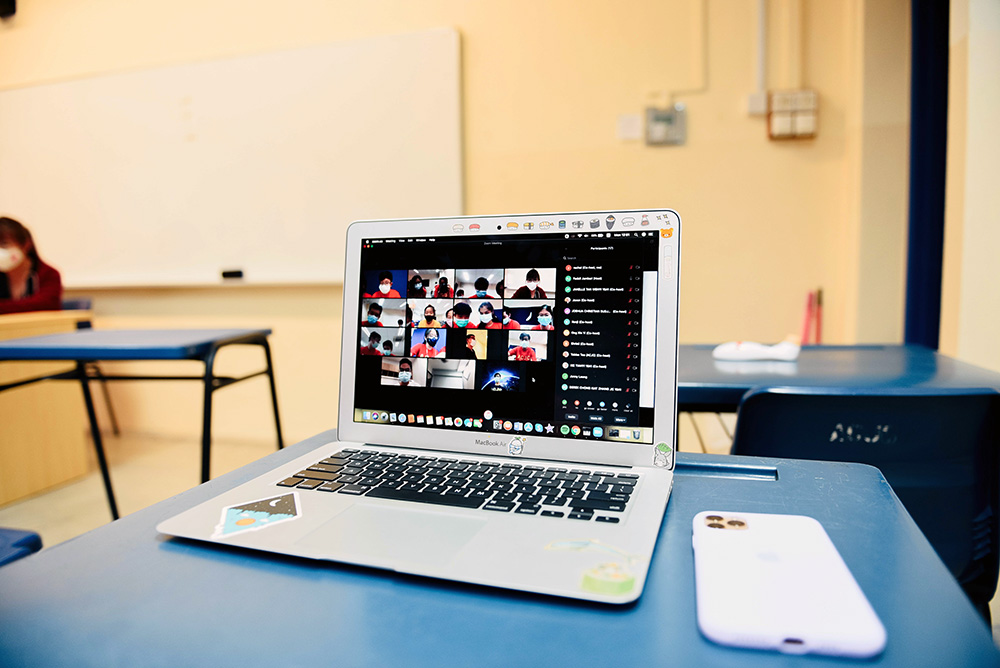Creating Meaningful Class Discussions
 Facilitating productive classroom discussions can be tricky in any setting, but when
adding the challenges of digital or hybrid environments, you have an opportunity to
disrupt those tried and true methods for different (and maybe even more impactful)
outcomes. While there is no perfect solution that works every time, here are some
ways you can improve engagement and foster community outside of a more traditional
classroom environment.
Facilitating productive classroom discussions can be tricky in any setting, but when
adding the challenges of digital or hybrid environments, you have an opportunity to
disrupt those tried and true methods for different (and maybe even more impactful)
outcomes. While there is no perfect solution that works every time, here are some
ways you can improve engagement and foster community outside of a more traditional
classroom environment.
Control for the things you can control.
- What are the goals of your class discussion? What do you want students to gain from engaging in the discussion? How you measure successful engagement might need to be adjusted to accommodate for the new environment.
- Make sure students know what to expect. Explain any necessary logistics early on (how the chat should be used, how breakout rooms will work, etc.) so they can get acclimated to the class structure.
- Set the tone. Think about how you model verbal communication. For example, think carefully about how you pose questions and how you follow-up on responses.
Facilitate peer-to-peer connection in hybrid environments.
- Give students time to talk. One professor we spoke with goes into a breakout room while the class arrives, giving the students a few minutes to adjust to the setting and talk to each other, as they might in a face-to-face session.
- Use polls or games like Kahoot to help everyone feel as though they’re participating in the same session.
- Mix up the way you approach synchronous content. One professor suggests splitting the class into small groups. One group can work on a specific activity together in a breakout room while another group works on a different activity with the professor. Each mini-session lasts 7-10 minutes, then the groups switch.
- Utilize a shared document, like Google Docs or Jamboard, where students are given specific goals. This allows for real-time interaction with each other around the course material.
Provide ample opportunities for discussion.
- Consider giving yourself a time limit for lecturing to ensure you allot enough time for students to engage in discussions around the content.
- Launch the session with a question that students can respond to in the chat as they’re
settling in, then use it as a starting point to call on students to elaborate on their
responses. Example questions could include:
- What’s your top takeaway/aha moment from this week’s readings?
- What’s your top question about this week’s readings?
- If you had to write a tweet about this week’s readings, what would it say?
- For those students who are more eager participants, consider sending them a private chat to tactfully remind them to allow space for others to participate.
- Consider applying the Socratic circle method. Choose a focus group for each day who will have their cameras on (when possible) and are expected to participate in the discussion. Other students act as observers and post in the chat.
Regularly check in with students.
- Keep in mind that not all students will respond the same way to the same method of delivery. Be willing to try different approaches and cut yourself some slack if/when things fall flat.
- Consider an anonymous way to collect feedback on the following questions:
- Where have you stumbled and what have you done to get back up/on track?
- What challenges/concerns are you facing?
- Something as simple as demonstrating to your students you care about their well-being (reminding them to go outside and take a walk or stay hydrated) can go a long way.